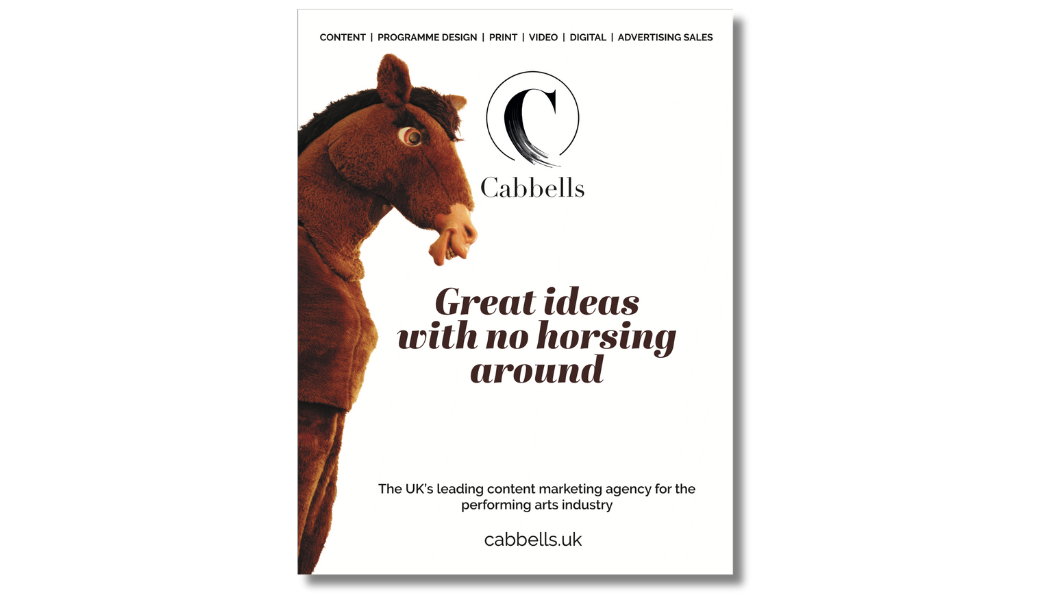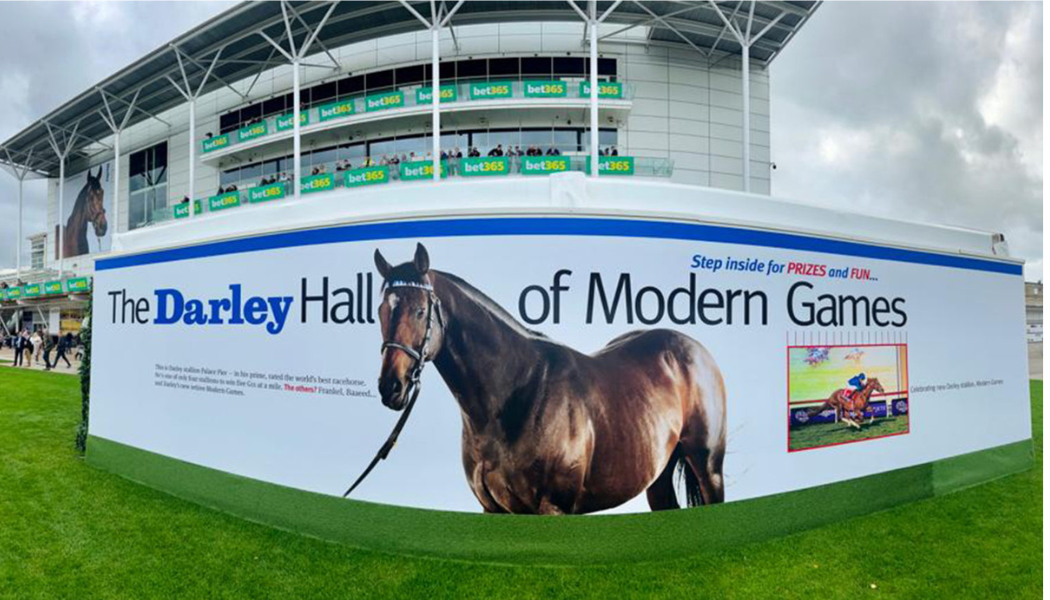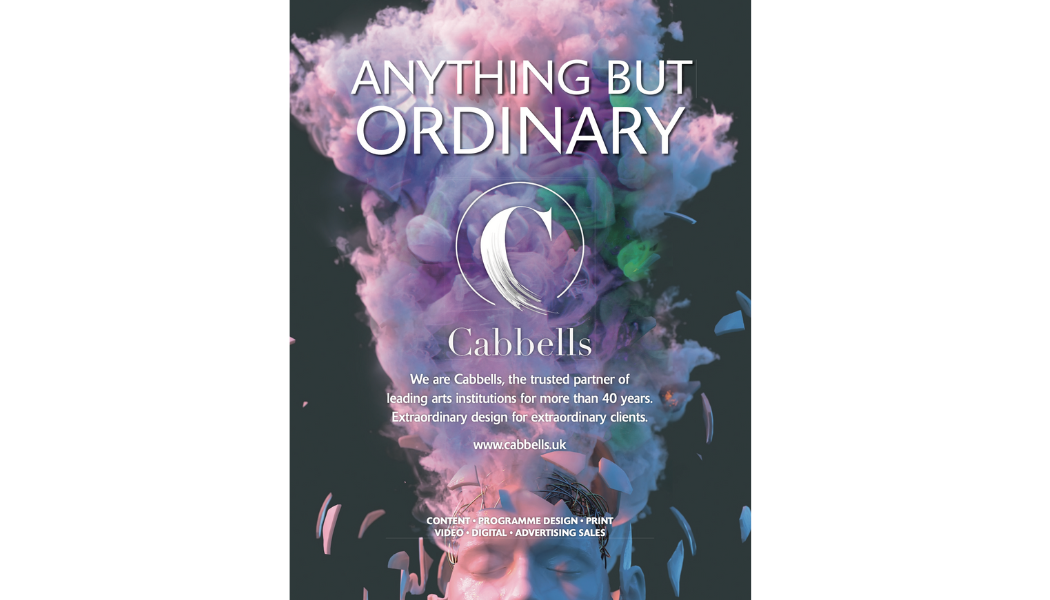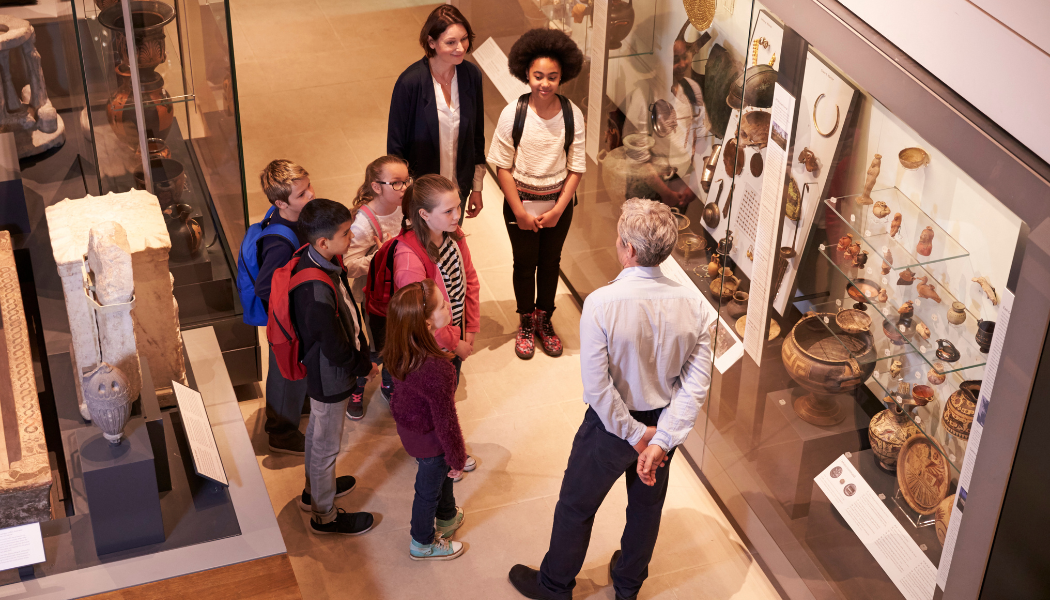Growth, engagement, and sustaining visitor numbers are key to survival and long-term future-proofing. An effective marketing campaign is at the heart of achieving this.
But putting valuable time into a solid marketing plan can create additional pressure among everyday responsibilities. Many medium and smaller-sized attractions do not have marketing teams specifically dedicated to the promotion of their organisation.
Instead, marketing is taken on by existing employees as part of a broader remit. This, combined with the day job, can make it difficult to give a marketing plan the focused time it deserves.
Preparation is key. Think of it as future-proofing your visitor footfall for the next twelve months, and time to have an impact on the rest of your planned year.
The essential discipline underpinning a successful marketing campaign is great planning. Putting a framework in place is the first step, however broad the brush strokes may be. From experience of working with our clients, however large or small, if there is support for key decisions in the marketing plan, then this is a strong jumping-off point to implement a campaign with confidence.
Against a backdrop of Arts Council Funding cuts, the levelling-up drive, a need for greater diversity and demands on increased sustainability, it is increasingly challenging to also develop an effective marketing strategy without any planning. In short, such a strategy can be broken down into five stages.
The steps:
1. Scope out the project in its simplest form
Our recommendation is for this framework to take the shape of a content/editorial calendar plan, over your twelve-month period (see template to download below). Starting with a snapshot will clarify your thinking and hone your approach. This ‘at a glance’ approach will enable you to understand where the priorities lie. Is Easter a key period, for example? Are there particular days/dates you should recognise externally? Is there a particular exhibition in a specific month to account for?
Download Cabbells Marketing Content Calendar template (.xlsx format)
2. Decide on your messaging
Agree on what you want to say and to whom. Exactly how you say it can come in the next stage. You are likely to need different messages for different times of the year and during different events.
Is it a general awareness campaign or tactical messaging? Or is it a combination of both? With the rise of digital tools and social media to put precise messaging out, there has been a general move to tactical and results-driven advertising.
This is laudable, but do not underestimate the immeasurable value of good campaign branding. You are much more likely to connect with your audience if they have seen something from you that resonates. Brand salience is key.
To have your brand name top of mind is of paramount importance if you are targeting your local community. Do not assume they know you are there; they might know of the Natural History Museum, but do they know their local museum is offering community events?
3. Create your advertising campaign
Existing campaign assets can be reused and repurposed throughout the year. Sometimes this is the area where a smaller organisation may get stuck. However, getting ahead and having these prepared for a twelve-month period can be both a way of ensuring your campaign happens and that it is cost-effective.
At Cabbells, we have created a toolbox of creative executions for use across a variety of platforms, which museums then take control of to distribute and post throughout the year.
This is a cost-effective way of getting your annual campaign up and running. You can have a set of different executions and images to dip into at any time, in line with your content calendar and plan. The toolbox ensures easy access to social media graphics, banners, and leaflets, allowing you to make your campaign happen.
To make the most of your assets, repurpose your creative work. Then support it with ‘evergreen’ editorial content, which is relevant all year round. Be generic, be topical, be tactical. Remember, all approaches support each other in your campaign mix. The mantra: build brand salience.
Below are some examples of promotional material ranging from generic to tactical, editorial to point of sale. Reaching a variety of touchpoints in a campaign is essential, whether it is at an event or on social media.






4. Get your campaign out there
Decide on your budget and where you want your campaign to be seen. Remember, your content plan will have shaped this strategy. Distribute responsibility across your team and get creative assets in place. You might have an employee who is particularly active on social media – could they be in control of your digital distribution? Can someone take charge of booking advertising space? Is someone on the team familiar with the local press?
Check-in regularly with your staff and share the content calendar to implement and reiterate your campaign. Remember that planning is key and if you have your creative assets ready, it can see the process run a lot smoother.
5. Benchmark your success
Assessing your performance will shape your thought process for longer-term objectives by highlighting your brand’s strengths and weaknesses. Decide on what success looks like in advance of the campaign, and you will create a longer-term commitment to marketing and building a reputation (and resilience) of your organisation. Decide on benchmarks first; is it footfall, is it a demographic, is it a drive to encourage more visitors from the local area? How will you track them, and can you plot this against your marketing efforts?
Sustainability and achieving those goals
Finally, take your team with you.
This is particularly important if you don’t have a dedicated marketing department. Experience isn’t compulsory, but reliability is, particularly when it comes to ambitious projects out of your staff’s remit. Never underestimate a team member’s value either, especially when you share the same forward-thinking vision and enthusiasm to achieve a goal. Prepare accordingly, embrace the challenge, and be sure you are aligned strategically.
Bear in mind that organisations such as The Tate, V&A, The Royal Academy, The Beatles Story, and The National Maritime Museum will likely have marketing teams and membership departments that are resourced, in order to plan further ahead for content and member recruitment. They’ll also benefit from their long-standing brand recognition.
If your own team does not have someone dedicated to marketing, then create your annual plan, target audience, resources, and benchmarks as a collective. It will enable everyone within the organisation to get on board and take on the challenge with you. A team effort also tends to create some outside-the-box ideas that could be real winners.
Sarah is contactable on the email below if you wish to have an informal conversation regarding your marketing strategy: [email protected] or visit the Cabbells website here.







